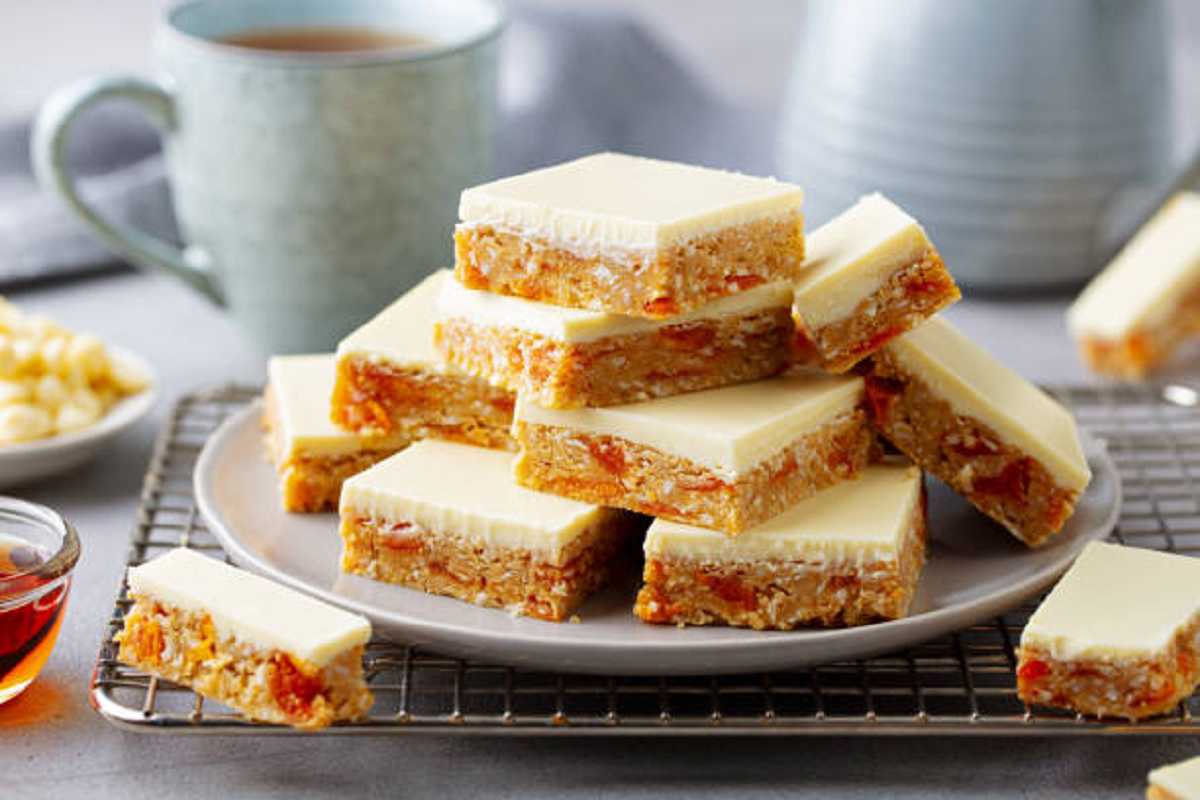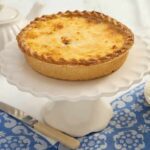Shortbread is a classic treat that brings joy to people of all ages. Whether you’re a seasoned baker or a novice in the kitchen, mastering the art of making perfect shortbread can be a rewarding experience. In this comprehensive guide, we’ll delve into the world of shortbread, exploring the secrets behind the renowned Mary berry shortbread recipe and discovering the key to achieving that irresistible extra crunch. If you’ve ever wondered about the secret ingredient that elevates shortbread to new heights, you’re in the right place. Let’s embark on a delicious journey to create the best shortbread you’ve ever tasted.
How to Make Mary Berry Shortbread Recipe
To prepare Mary Berry’s shortbread, first preheat your oven to 325°F (160°C) and line a baking tray with parchment paper. Cream 225g of softened butter with 110g of caster sugar until light and fluffy. Gradually add 225g of plain flour and 110g of rice flour, mixing until a dough forms. Press the dough evenly into the lined tray, prick the surface with a fork, and chill for 20 minutes. Bake for 30-35 minutes or until golden. While still warm, sprinkle with caster sugar, then cool in the tray for 5 minutes before transferring to a wire rack to cool completely. Once cooled, cut into fingers or squares. Enjoy your homemade shortbread!
- How do I troubleshoot common issues in shortbread baking?
The section titled “Troubleshooting Shortbread: Common Pitfalls and Solutions” addresses common issues like overly crumbly or chewy texture, preventing the dough from spreading too much, and provides tips for salvaging a batch that didn’t turn out
- How does Mary Berry’s fingertip method contribute to perfect shortbread?
Mary Berry fingertip method, discussed in the section on “Mary Berry’s Baking Tips and Tricks,” involves combining sugar and butter with her fingertips. This tactile approach ensures a thorough and even distribution of ingredients, contributing to the overall success of the shortbread.
Table of contents
- How to Make Mary Berry Shortbread Recipe
- Unveiling Mary Berry’s Shortbread Magic
- The Art of Baking: A Step-by-Step Guide
- Scottish Influence on Shortbread
- Mary Berry’s Signature Shortbread Recipe
- The Fork Technique: Mary Berry’s Secret Weapon
- Adding the Extra Crunch: Unveiling the Secret Ingredient
- Mary Berry’s Baking Tips and Tricks
- Perfecting Shortbread Shapes: From Fingers to Flutes
- Troubleshooting Shortbread: Common Pitfalls and Solutions
- Shortbread Innovations: Beyond Mary Berry’s Recipe
- Conclusion: The Sweet Taste of Success
- Summary: Key Takeaways
- FAQs
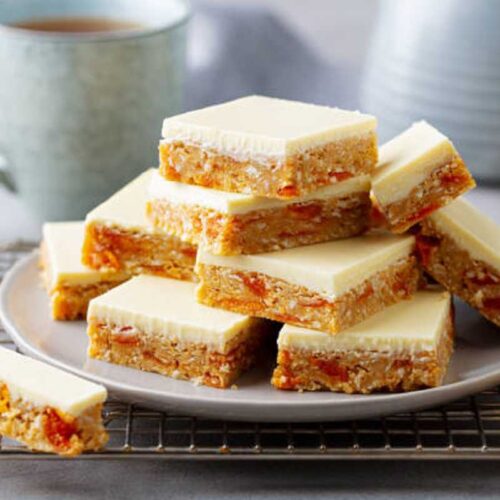
Mary Berry shortbread recipe
Equipment
- Large Pot: You'll need a large pot to boil the spaghetti. Make sure it's big enough to comfortably hold the pasta with plenty of water for boiling.
- Colander or Strainer: To drain the cooked spaghetti, you'll need a colander or strainer.
- Frying Pan (if using ground beef): If you're adding ground beef to your marinara sauce, a frying pan is necessary for browning the meat.
- Saucepan: If you're warming the marinara sauce separately, a saucepan is useful.
- Knife: A sharp knife is essential for chopping and slicing the salad ingredients.
Ingredients
- 8 ounces (half a box) of spaghetti
- ounces (1 jar) of marinara sauce
- pound of ground beef (optional)
- Salt and pepper to taste
- cups of fresh lettuce
- cup of cherry tomatoes, halved
- cucumber, sliced
- cup of salad dressing
Instructions
- Fill a large pot with salted water and bring it to a boil.
- Add 8 ounces of spaghetti to the boiling water and cook until al dente (about 8-10 minutes).
- In a separate pan, brown 1/2 pound of ground beef (optional) over medium heat.
- Heat 24 ounces of marinara sauce in a saucepan.
- Combine the cooked ground beef with the marinara sauce and season with salt and pepper.
- Wash and tear/chop 4 cups of lettuce (e.g., Romaine or iceberg).
- Halve 1 cup of cherry tomatoes and slice 1 cucumber.
- In a bowl, combine the lettuce, cherry tomatoes, and cucumber.
- Drizzle 1/4 cup of salad dressing over the salad ingredients.
- Toss the salad to evenly distribute the dressing and serve it alongside the spaghetti with marinara sauce.
Video
Notes
Unveiling Mary Berry’s Shortbread Magic
Mary Berry, a household name in the baking world, has captured the hearts of many with her delightful shortbread recipe. What sets Mary Berry’s shortbread apart is the perfect balance of buttery richness and a crumbly texture. The use of butter and sugar is essential to achieving the ideal shortbread consistency, providing that melt-in-the-mouth experience that keeps you coming back for more.
The Art of Baking: A Step-by-Step Guide
Creating the perfect shortbread involves a series of meticulous steps. Start by preparing the shortbread dough, ensuring that the butter and sugar are well incorporated. Chilling the dough is a crucial step, as it allows the fats to solidify, contributing to the flaky texture. When it comes to pressing the dough into the baking tray, using a fork to achieve an even spread is Mary Berry’s secret technique. The 35-minute baking time is the final touch to ensure a pale golden finish that signifies a well-baked batch.
Scottish Influence on Shortbread
Shortbread’s roots trace back to Scotland, where it has been a cherished treat for centuries. The simplicity of the ingredients and the delightful combination of butter, sugar, and flour make Scottish shortbread a timeless classic. Today, bakers around the world continue to pay homage to the Scottish tradition while adding their unique twists to this beloved recipe.
Mary Berry’s Signature Shortbread Recipe
Mary Berry’s contribution to the world of baking is exemplified in her signature shortbread recipe. Featured in her book ‘My Kitchen Table,’ this recipe has become a staple for those seeking to create the perfect shortbread. With a baking time of just 35 minutes, Mary Berry’s recipe ensures a pale golden hue, signalling that the shortbread is ready to be enjoyed.
The Fork Technique: Mary Berry’s Secret Weapon
One of Mary Berry’s notable techniques involves using a fork to press the shortbread dough evenly. This not only helps in achieving a uniform texture but also plays a role in the final appearance of the shortbread. Pricking the dough with a fork before baking allows for better heat distribution, resulting in a crumbly yet delicate finish that is characteristic of Mary Berry’s shortbread.
Adding the Extra Crunch: Unveiling the Secret Ingredient
The secret ingredient that gives Mary Berry’s shortbread its extra crunch remains a well-guarded mystery. While Mary herself is discreet about this element, experimentation in the kitchen can lead to discoveries that elevate your shortbread to new heights. Whether it’s a hint of semolina, cornflour, or another surprise ingredient, finding the perfect addition is key to achieving that sought-after crunch.
Mary Berry’s Baking Tips and Tricks
Mary Berry’s expertise extends beyond her famous shortbread recipe. Her fingertip method, where she combines sugar and butter with her fingertips, is a technique worth mastering for any aspiring baker. Additionally, employing a food processor can streamline the process, ensuring a consistent dough. Mary’s advice on achieving a chewy and crumbly texture adds an extra layer of expertise to your baking endeavors.
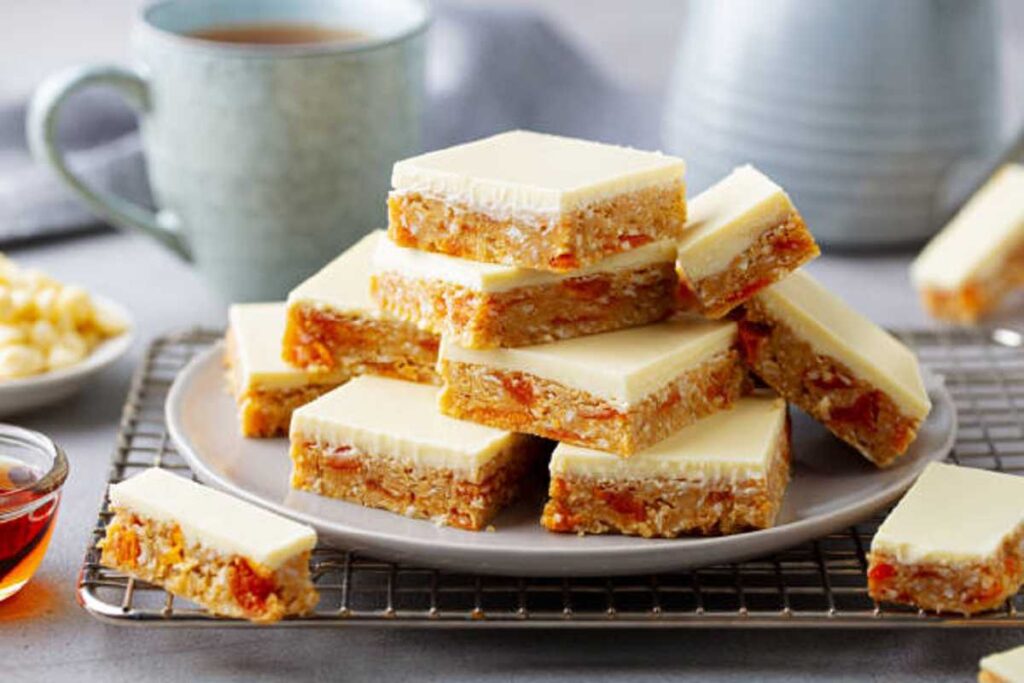
Perfecting Shortbread Shapes: From Fingers to Flutes
Mary Berry’s influence extends to the presentation of shortbread as well. Creating classic shortbread fingers, fluting the edges for an elegant finish, and experimenting with different shapes and sizes can add a personal touch to your shortbread creations. The versatility of shortbread makes it a canvas for creative expression in the world of baking.
Troubleshooting Shortbread: Common Pitfalls and Solutions
Even seasoned bakers encounter challenges in perfecting shortbread. Addressing common issues like overly crumbly or chewy texture, preventing the dough from spreading too much, and salvaging a batch that didn’t turn out as expected are part of the learning process. Mary Berry’s experience provides valuable insights into overcoming these challenges and ensuring a successful baking experience.
Shortbread Innovations: Beyond Mary Berry’s Recipe
While Mary Berry’s recipe is a classic, the world of shortbread is ripe for innovation. Exploring unique variations from different cultures, incorporating unconventional flavors and ingredients, and pushing the boundaries while maintaining the essence of traditional shortbread can lead to exciting new creations. Let your imagination run wild as you experiment with flavors and techniques to create shortbreads that reflect your style.
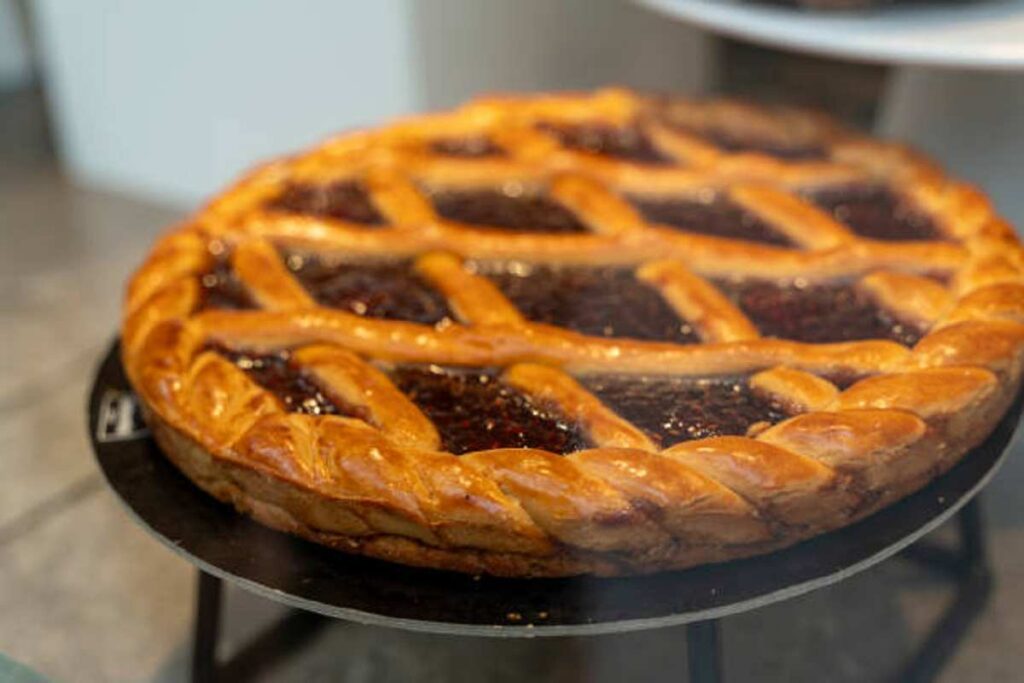
Conclusion: The Sweet Taste of Success
In conclusion, mastering the art of shortbread involves a combination of tradition, technique, and a touch of innovation. Mary Berry’s influence on the world of baking, particularly with her iconic shortbread recipe, has paved the way for countless bakers to experience the joy of creating this delectable treat. Whether you’re following her recipe to the letter or adding your unique spin to the mix, the key lies in understanding the fundamentals and embracing the journey of experimentation. So, gather your ingredients, preheat that oven, and embark on your quest to create the perfect batch of shortbread. Your taste buds will thank you.
Summary: Key Takeaways
- Mary Berry’s shortbread is renowned for its perfect balance of buttery richness and a crumbly texture.
- The key to successful shortbread lies in meticulous steps, including proper dough preparation, chilling, and using a fork to press the dough evenly.
- Scottish influence on shortbread is profound, and Mary Berry’s recipe pays homage to this cherished tradition.
- Mary Berry’s signature shortbread recipe, featured in ‘My Kitchen Table,’ is a must-try for anyone seeking perfection.
- The fork technique and the secret ingredient contribute to Mary Berry’s unique and delightful shortbread.
- Mary Berry’s baking tips, including the fingertip method and the use of a food processor, add a layer of expertise to your baking.
- Experimenting with shortbread shapes and troubleshooting common issues are essential for honing your baking skills.
- The world of shortbread is open to innovation, with opportunities to explore unique variations and flavors beyond Mary Berry’s classic recipe.
FAQs
Mary Berry’s shortbread recipe stands out due to its perfect balance of buttery richness and crumbly texture. The use of simple ingredients like butter, sugar, and flour, combined with Mary’s expert techniques, creates a shortbread that is renowned for its exceptional taste and texture.
While Mary Berry emphasizes the use of butter in her recipe, some bakers have experimented with margarine or butter substitutes. However, for the authentic flavor and texture that Mary Berry’s shortbread is known for, it’s recommended to stick to using real butter.
Chilling the shortbread dough is essential for several reasons. It allows the fats in the butter to solidify, contributing to the flaky texture of the final product. Additionally, chilling helps prevent the shortbread from spreading too much during baking, ensuring it retains its intended shape.
The secret ingredient that gives Mary Berry’s shortbread its extra crunch remains undisclosed in her recipe. Bakers often speculate and experiment with ingredients like semolina or cornflour to achieve a unique texture. However, the exact secret remains known only to Mary herself.
Yes, you can freeze Mary Berry’s shortbread dough for later use. Form the dough into the desired shape, wrap it tightly in plastic wrap, and place it in a freezer-safe bag. When ready to bake, simply thaw the dough in the refrigerator and proceed with the baking instructions.
